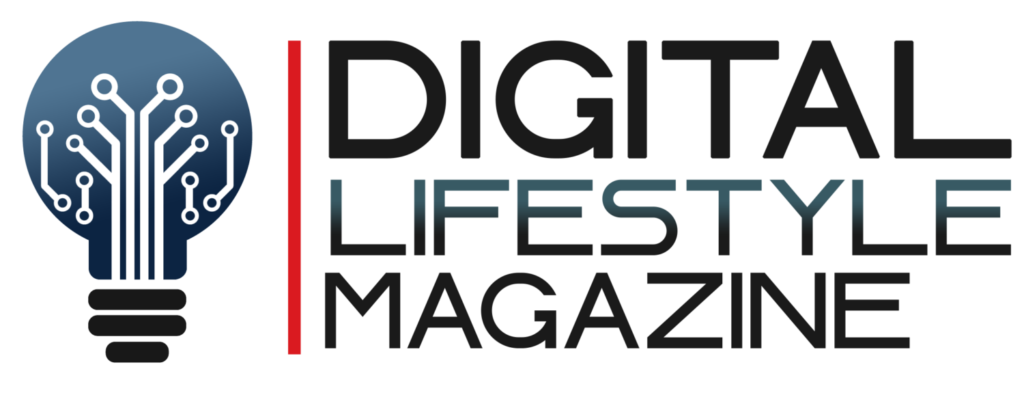Nearly every area of our life, particularly how we study and educate ourselves, has been revolutionized by the digital age.
The introduction of emerging technologies and digital tools has altered how education is provided and received during the last few decades. The digital age has increased accessibility to, flexibility in, and personalization of education through online learning platforms, digital textbooks, and educational applications.
This essay will look at how the digital age is changing education and learning, as well as the benefits and drawbacks of this change.
Table of Contents
What does education’s digital transition entail?
Digital transformation involves using IT to make corporate operations simpler. Digital transformation in education could improve student, mentor, alumni, and institution administration experiences. It assists in supplying
- A smooth process for students to enrol
- A dynamic and interesting educational experience
- Improved educational results
- Versatility to carry on studying and instructing at a distance
- Flexible course design that enables students to acquire knowledge at any time and from any gadget.
- Manage the academic achievement of the students
- Effortless management of schools, colleges, and universities.
What are the main trends and technologies driving the digital transformation of education?

The use of technologies to enhance teaching, learning, and organizational procedures in educational institutions is referred to as “digital transformation in education.” The delivery and consumption of education have undergone a substantial change as a result of the creation of digital technology and the internet. The primary technologies and developments driving the digital revolution of education could be covered in the next section.
Online Education Resources
Although there have long been online learning platforms, the pandemic has sped up their uptake and use. Programmes in a variety of topics, from computer science and engineering to humanities and social sciences, are available on portals like Coursera, Udemy, and edX. These kinds of networks make education easier and more adaptable by enabling learners to learn at their own speed and from any location.
Learning Management Systems
Learning management systems (LMS) are computer programmes that are used to administer and distribute educational materials, assets, and tests to students. Higher learning has seen a rise in the use of LMS platforms like Blackboard, Canvas, and Moodle as they enable instructors to design and run online courses, monitor the progress of learners, and give individualized feedback.
Augmented And Virtual Reality
Through the creation of absorbed and engaging learning environments, virtual and augmented reality (VR/AR) methods have a chance to completely change the manner in which students learn. Learning could be made easier and more enjoyable by using VR/AR to imitate real-world situations, such as experiments in laboratories or historical events. In classrooms all throughout the world, tools like Google Expeditions and Nearpod VR are already in use.
Applied Machine Learning and Artificial Intelligence
By giving learners individualized learning experiences, artificial intelligence (AI) and machine learning (ML) are revolutionizing education. In order to develop personalized learning plans and recommend tasks and assets that suit particular requirements, AI/ML may analyze student data, such as learning patterns and behaviours. Additionally, AI/ML could be utilized to grade assignments, give feedback, and pinpoint fields where learners require additional assistance.
Gamification
Gamification is the application of game design components like leaderboards, badges, and points in situations other than games. By offering monetary rewards for learners for accomplishing activities and reaching objectives, gamification in education could increase student engagement and make learning easier. Gamification is a technique used by websites like Kahoot! and Quizlet to produce dynamic tests and educational activities.
Mobile Education
Mobile gadgets, such as smartphones and tablets, have permeated every aspect of our life, including education. Learning is made more adaptable and approachable with mobile learning, which enables learners to obtain educational materials and information on their smartphones or tablets. Language learning courses are available on portable devices like Duolingo and Memrise, and teachers can build and manage online courses on those same platforms with Google Classroom and Microsoft Teams.
Cloud Computing
The supply of computer offerings, such as servers, storage, and applications, over the internet is known as cloud computing. Due to its ability for storing and handling instructional resources and data in schools and universities in an encrypted and accessible manner, cloud computing has grown in popularity in the education sector. Cloud-based educational solutions are available through technologies like Microsoft Azure and Amazon Web Services.
Blockchain
By offering protected and valid identification to students, blockchain technology has a chance to revolutionize education. Employers and other educational institutions may quickly verify tamper-proof digital certificates and transcripts made using blockchain. For digital credentialing, systems like Learning Machine and Blockcerts provide blockchain-based options.
What are the main advantages of the digital revolution in education?

Students and teachers could benefit from a wide range of beneficial developments brought about by the digital transformation of educational procedures, including universal availability and inclusion, personalized learning, increased engagement, increased security, and a greater understanding of student achievement.
Enhanced Convenience And Accessibility
The increased accessibility of schools, classes, and even degree programmes for students of all ages is one of the most inspirational themes associated with the digital transformation of education. Students with disabilities that prohibit them from accessing specific kinds of knowledge would discover that technological advances could greatly assist in reducing these obstacles.
The capacity of all pupils to utilize the knowledge provided via educational institutions, for instance, could be improved with the aid of text-to-speech programmes and programmes that transcribe dictated content. These various forms of technology that enable people to gain knowledge and earn degrees can aid people with visual or aural difficulties, as well as people who have reading issues.
Approaches To Personalized Learning
The revolution in digital education additionally involves significant contributions from personalized learning strategies. Several schools and programmes have started to recognise the importance of providing flexible solutions for students that consider their specific abilities and shortcomings rather than attempting to fit everybody into the same figurative box.
Personalized learning strategies provide both students and educational institutions with a number of advantages. Personalization enables students to advance in their education by enabling them to learn in a way that best suits their unique learning styles. This assists in helping students absorb and remember important knowledge.
Students are inspired to complete their degrees and become eligible for the training and employment options that best suit them but before may have seemed out of reach.
Improved Collaboration Between Parents and Educators
According to research, whenever parents are involved in their children’s academic success, both academic performance and overall health improve. Automation reminds parents to pay custody fees promptly and electronically distributes to them performance comments and reports.
You could additionally feel at ease about the well-being of your kid because the kids are told wherever you go missing or take a holiday, the school bus could still be monitored from anywhere. Suppose the software could suggest careers according to computed metrics, taking into account students’ skills and shortcomings, to deliver an effective professional guidance option.
Challenges of Digital Learning:

Availability of technology
Access to technology is one of the main obstacles to digital learning. The prerequisites for engaging in digital learning—computers, smartphones, and fast internet connections—are not available to all pupils. Because of this, pupils from low-income households or rural areas are at a disadvantage compared to their wealthier counterparts, creating a digital gap.
Educational Excellence:
The calibre of instruction is another difficulty with digital learning. Although digital learning has made education more adaptable and readily available some people worry that it may not be as efficient as learning in a conventional educational setting. According to studies, in comparison to traditional learners, online learners frequently have poorer completion rates, overall involvement, and fulfilment.
Social Isolation
Social isolation could result from online education as well. Students could feel distant and alone without their instructors’ and classmates’ physical presence, which could have a detrimental impact on their desire to learn and participate. Furthermore, pupils may not have the opportunity to acquire social and emotional skills through digital learning, which are crucial for achievement in life.
Dependency on technology:
Lastly, pupils are increasingly reliant on technology as a result of digital learning. While using digital assets and items could improve learning, they may additionally contribute to a dependency on technology and prevent students from acquiring the vital thinking, problem-solving, and imaginative abilities that are necessary for success in the digital age.
Conclusion
In summary, digital transformation is changing the educational landscape by enhancing accessibility to, personalization of, and engagement with learning. The trends and technologies mentioned above are only a few of the numerous aspects that the digital revolution is affecting education.
To satisfy the requirements of their pupils as the world becomes more digital, educators must adopt new technology and modify their teaching strategies.


